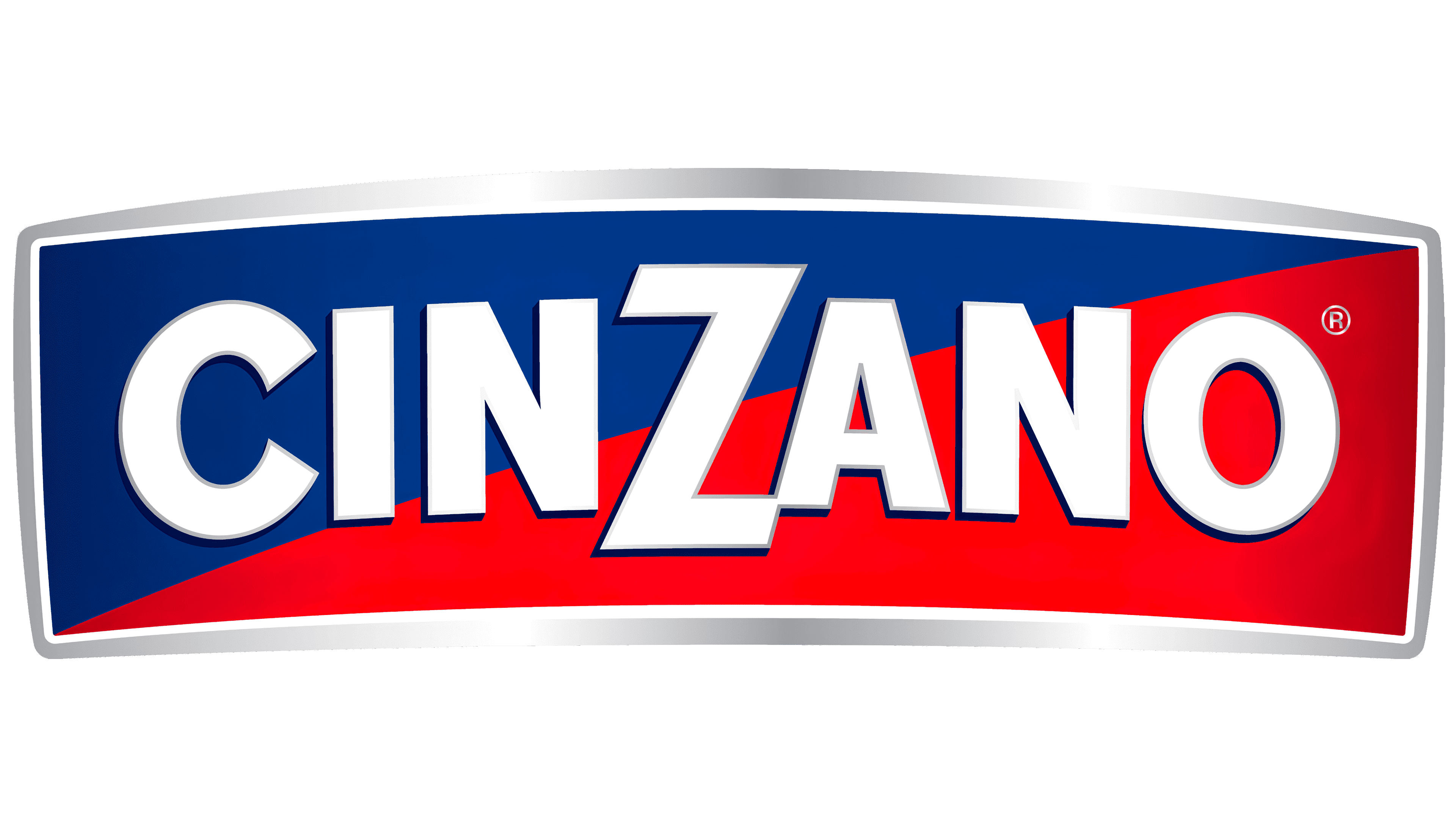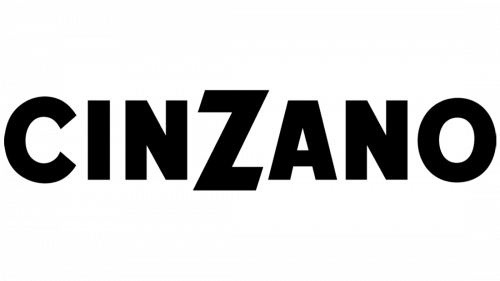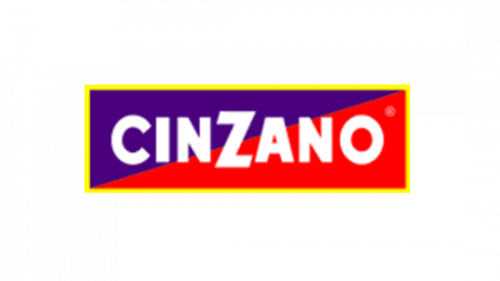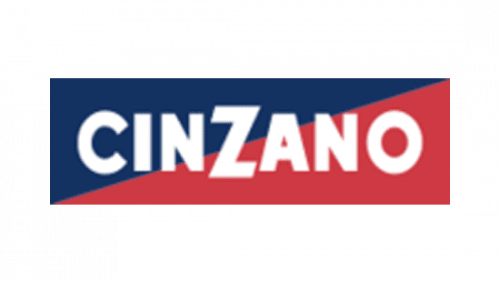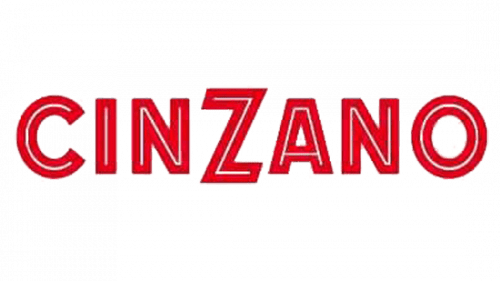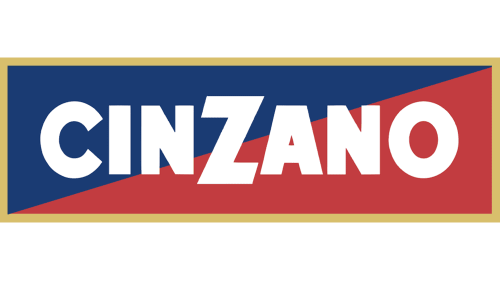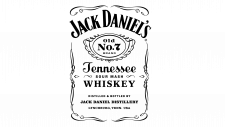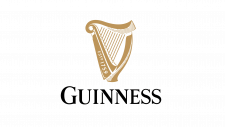Cinzano Logo
Cinzano is an old company that produces wine and wine products. As such, it’s been operating continuously for more than 200 years, although the family business that preceded the company dates back to as early as the 16th century Italy. Right now, they are one of the major producers of fortified wines.
Meaning and History
This wine-making business was started in earnest in 1757 in Northern Italy by the members of the Cinzano family – an old line of wine-makers that first surfaced in the 16th century. Over time, ‘Cinzano’ became almost a by-word for a well-made fortified wine (aka vermouth).
1914 – 1920
The first proper logo appeared in 1914. If there were some temporary emblems before, the record doesn’t tell.
This logo was the family coat of arms of the family. A dancing lion held the object that looked like a sharp horseshoe to its right. It neatly pierced a structure that was both the letter ‘C’ (tall and slim) and the letter ‘I’ (also slim). Obviously, that represents the two first letters in the family name.
Above was a detailed picture of a wide crown, which is a part of the traditional coat of arms of Turin, where they were based.
The entire thing was black-and-white.
1920 – 1921
The 1920 logo was much simpler. It actually contained the company name this time, in artistic letters that looked almost hand-drawn. It was curved upwards a bit and supported by an arching line that surrounded the other three words in the logo: ‘vermouth’, ‘spumanti’ (‘sparkling wines’), ‘Torino’ (‘Turin’).
These three were much plainer and written in three layers below the main thing.
1921 – 1929
This time, they put ‘Cinzano’ in the middle of a thin oval and surrounded it by ‘vermouth’ and ‘spumanti’ – both much smaller than before and in a slightly different, more elegant font.
1929 – 1929
This one is the first instance of them using their iconic design – a much more straightforward word design with even, sans-serif lines and a slightly bigger ‘Z’ in the middle. Everything was black here.
1929 – 1935
The second 1929 logo was an interesting combination. They took the previous logo, painted it white, put it onto a black rectangle and left some space on the left. That was filled with the initial emblem from 1924, also white. The rectangle is also outlined by a thin white layer and then the same thing in black.
1935 – 1957
In 1935, they placed the thing into a rectangle again, but this time colored the background in purple and red, two colors divided by diagonally. The outline was yellow this time.
1957 – 1966
The purple part was repainted dark blue, and the yellow outline was removed. That’s all they’ve here.
1966 – 1974
This time, they decided to just take the lettering as it was and fill half the volume of each with red paint. Furthermore, the intervals between each letter were increased slightly.
1974 – 1990
For the 1974 logo, they reduced the letters in size, replaced the red parts with blue and tilted the letters to the right. Moreover, they added an image of a roaring lion’s head (without a mane) made from red and white.
1990 – 2000
For 1990, they’ve decided to use the new lettering design and the old coat of arms together again. The former was used as usual, but placed into a white plaque with grey outline. The latter was put in the center, right behind the word. It was light grey and somewhat outlined in white. That meant it overlapped parts of the rectangle behind.
2000 – 2009
For this one, they reused the 1957 red-and-blue logo almost completely, except they also added a yellow outline to it.
2009 – today
It’s the same thing, except they removed the yellow outline and added a silver frame. Simultaneously, everything on the logo was given more depth and volume, which was mainly represented in shading and gradients. And lastly, they curved the logo upwards a bit.
Emblem and Symbol
Many of the labels since 2009 are actually enhanced editions of the logo proper. The rectangle is enlarged into a square, of which the word occupies a small part in the upper half. The rest is dedicated to the description of the product – including its color, type and place of origin.
